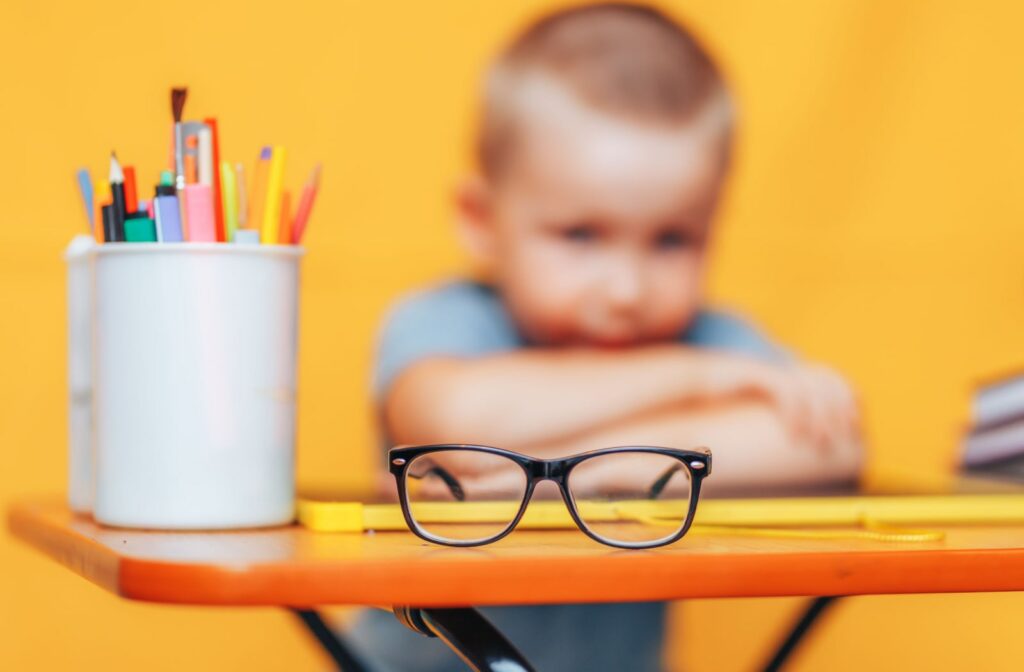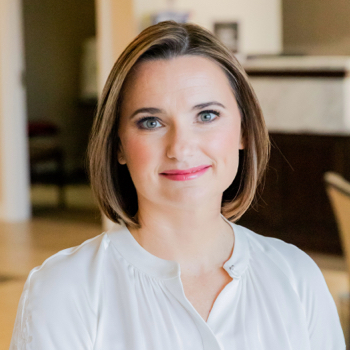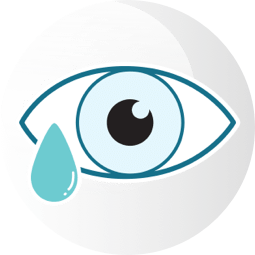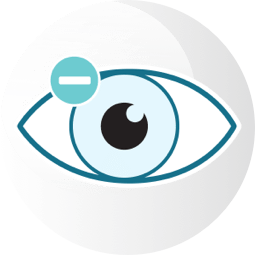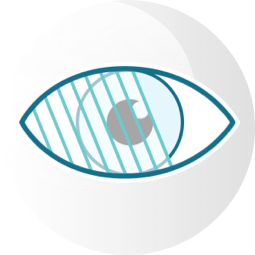Myopia, also known as nearsightedness, is a common vision problem affecting many people worldwide. Some projections even state that 50% of the world’s population will be myopic by 2050.
Myopia occurs when the eye’s shape or length prevents light from focusing correctly on the retina, resulting in blurred distance vision. While optometrists can correct this blurriness with glasses, contact lenses, or refractive surgery, myopia is progressive and puts children’s eye health at risk.
Genetics, screen time, not enough time outdoors, and visual stress can all cause myopia to worsen.
What Is Myopia?
Myopia (commonly known as nearsightedness) affects nearly 30% of Americans. It’s a refractive error affecting how light passes through the eyes, causing blurry distant vision but clear near vision. In a healthy eye, light enters through the cornea, is focused by the lens, and lands precisely on the retina, sending signals to the brain to form a clear image.
But for those with myopia, the eyes grow too long, causing light to focus in front of the retina. Myopia is typically first diagnosed in children. It can affect many visual skills they need to succeed as they learn and grow. Myopia also presents several vision risks because the elongated eye puts stress on the retina and vitreous.
Signs of Myopia in Children
Deciphering what’s going on behind those young, expressive eyes can often be challenging. After all, your child may not have the words to describe their vision troubles, and they may assume their vision is just how it should be.
Myopia can be summarized as trouble seeing things clearly when they are far away, such as a classroom whiteboard. This inability to see can affect a child’s ability to focus, especially in school. Sometimes, parents or teachers can mistake this distractibility for attention problems like ADHD.
Talk to your child about their vision and watch for some of these signs:
- Complaints of headaches
- Avoiding reading
- Holding reading materials close to eyes
- Difficulty seeing the board at school
- Trouble remembering what they read
- Excessive blinking
- Eye rubbing
- Short attention span
- Covering one eye or tilting their head to one side
How Does Myopia Worsen?
When we say myopia is “worsening,” we mean things that used to be clear might now be blurry, and you need a stronger prescription to see them. While we don’t know precisely why myopia occurs in the first place, we suspect it’s influenced by genes (the traits you inherit from your family) and environment.
Factors that can worsen myopia include:
- Genetics: Your genetics can affect the shape and size of your eyes. This means your child is more likely to develop myopia if you or other family members have it.
- Excessive screen time: Looking at a smartphone screen for extended periods is linked to a 30% higher risk of myopia. Combined with long hours in front of a computer, the risk of myopia can increase dramatically. In fact, the risk can go up to around 80%.
- Not spending enough time outdoors: Your child using their eyes to look at things far away during outdoor activities may be good for their vision, and missing out on this can affect myopia.
- Visual stress: Spending a lot of time doing things up close, like reading or using a computer, can strain your child’s eyes and make myopia worse. This is especially important for kids because their eyes are still growing.
The Dangers of High Myopia
When myopia advances to a certain point, it becomes high myopia. High myopia is typically defined as any myopia requiring a vision prescription of -6 diopters (D) or greater.
High myopia can increase the risk of developing serious eye conditions later in life, such as:
- Glaucoma
- Cataracts
- Retinal detachment
- Macular degeneration
Myopia Management Solutions
The American Optometric Association recommends children get their first comprehensive eye exam at around 6 months and another just before starting school.
Kids’ eyes change a lot between ages 6–18, so you should bring them in for yearly exams to help support their vision. If your optometrist diagnoses your child with myopia, they may suggest myopia management to try to slow its progression and help protect your child’s vision.
Optometrists will develop a management plan based on your child’s unique vision needs. This plan may include:
- MiSight 1-Day Lenses
- Corneal refractive therapy
- Low-dose atropine drops
Working Together to Manage Myopia
A myopia management plan should be tailored to your child’s distinct eyes and lifestyle. They’re unique little explorers whose eyes are their windows to the world.
At McCauley Celin Eyecare Associates, we take great pride in our expertise in myopia control and our dedication to providing personalized solutions. We can work closely with you to craft a myopia management strategy and address your concerns.
Book an appointment today and ask about the myopia management options suitable for your child.


